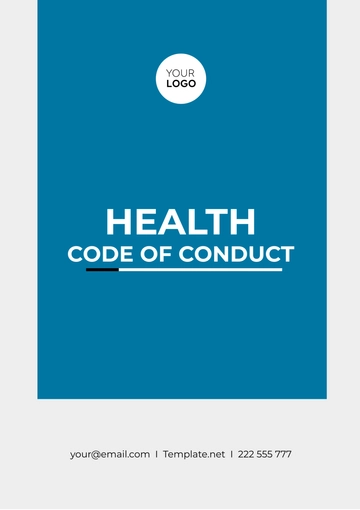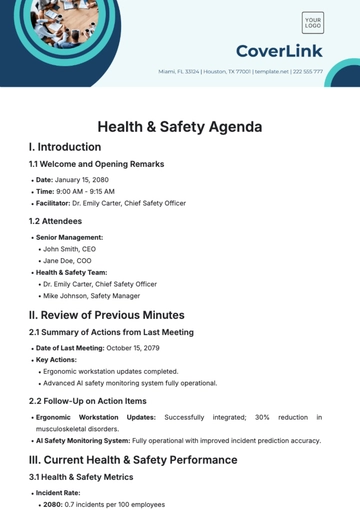Free Dental Clinic Guideline

I. Introduction
Effective infection control is critical in dental clinics to prevent the spread of infectious diseases. Dental professionals, patients, and staff are at risk of exposure to various pathogens, including bacteria, viruses, and fungi. Implementing strict infection control measures not only safeguards the health of patients and dental personnel but also promotes a safe and trustworthy environment. The Centers for Disease Control and Prevention (CDC) and the American Dental Association (ADA) provide comprehensive guidelines that serve as a foundation for developing an effective infection control program in dental settings.
This guide outlines step-by-step instructions and best practices for maintaining a sterile environment in a dental setting. It covers essential topics such as hand hygiene, the use of personal protective equipment (PPE), instrument sterilization, surface disinfection, and waste management. By adhering to these protocols, dental clinics can significantly reduce the risk of cross-contamination and ensure compliance with U.S. regulations and standards. At [Your Company Name], we are committed to helping dental practices implement these critical measures to enhance patient safety and promote overall health in the community.
II. Personal Protective Equipment (PPE)
Ensure all dental staff members are equipped with appropriate PPE to minimize exposure to infectious agents.
Wear disposable gloves and change them between patients.
Use masks and face shields to protect against splashes and aerosols.
Wear gowns or lab coats that cover clothing adequately.
Use protective eyewear to shield eyes from debris and fluids.
III. Hand Hygiene
Hand hygiene is the most effective method to prevent the spread of infections. Adhere to the following hand hygiene protocol:
Wash hands with soap and water for at least 20 seconds before and after treating each patient.
Use an alcohol-based hand sanitizer if soap and water are not available.
Avoid hand sanitizers with less than 60% alcohol content.
Keep nails short and clean; avoid artificial nails.
Use hand lotion to prevent skin dryness from frequent washing.
IV. Sterilization of Instruments
Proper sterilization of instruments ensures the elimination of all microorganisms. Follow these steps for effective sterilization:
Clean instruments with soap and water to remove debris.
Inspect instruments for damage or signs of wear.
Place instruments in an ultrasonic cleaner to remove remaining contaminants.
Rinse and dry instruments thoroughly before packaging.
Use an autoclave or equivalent sterilization device, following manufacturer's instructions.
Verify each cycle with biological indicators or chemical strips.
V. Environmental Cleaning and Disinfection
Maintain a clean and sanitary environment in the dental clinic through regular cleaning and disinfection of surfaces.
Clean and disinfect dental chairs, countertops, and equipment after each patient.
Use EPA-approved disinfectants effective against a broad spectrum of pathogens.
Regularly mop floors with appropriate cleaning solutions.
Frequently wipe down high-touch surfaces, such as door handles and light switches.
Document and adhere to a cleaning schedule for all areas of the clinic.
VI. Handling of Waste Materials
Proper disposal of waste materials is necessary to prevent contamination and infection:
Dispose of sharp instruments in designated sharps containers.
Separate biomedical waste from general waste.
Use labeled, leak-proof containers for chemical and hazardous waste.
Securely close waste bins and remove daily.
Coordinate with licensed waste disposal services for safe waste management.
VII. Emergency Preparedness
Prepare for any emergencies that may occur within the dental clinic:
Develop and regularly update an emergency response plan.
Train staff on emergency procedures, including first aid and CPR.
Maintain an accessible, well-stocked first-aid kit.
Regularly conduct drills to practice response to potential emergencies.
Ensure all emergency exits are clearly marked and accessible.
VIII. Training and Education
Continuous training and education are vital for maintaining high infection control standards:
Conduct regular workshops and training sessions on infection control.
Update staff on the latest guidelines from health authorities.
Encourage reporting and discussion of infection control incidents and near misses.
Provide access to professional development resources.
IX. Conclusion
Adherence to these infection control guidelines ensures the safety of both dental staff and patients. Infection control is not a one-time effort but an ongoing commitment that requires diligence, training, and a culture of safety within the clinic. Consistently applying these best practices—ranging from thorough hand hygiene to appropriate use of personal protective equipment (PPE)—plays a crucial role in preventing the transmission of infectious diseases. The responsibility lies with every member of the dental team, from administrative staff to practitioners, to prioritize these protocols in daily operations.
By implementing these infection control measures consistently, dental clinics can maintain a high standard of care and contribute to the overall public health effort to control infectious diseases. A proactive approach to infection control not only protects the health of patients and staff but also enhances the clinic's reputation within the community. As the landscape of healthcare continues to evolve, staying informed about the latest guidelines and regulations is essential. At [Your Company Name], we believe that a steadfast commitment to infection control practices fosters trust and confidence among patients, ultimately leading to improved outcomes and a healthier community.
- 100% Customizable, free editor
- Access 1 Million+ Templates, photo’s & graphics
- Download or share as a template
- Click and replace photos, graphics, text, backgrounds
- Resize, crop, AI write & more
- Access advanced editor
Maintain high standards in your practice with the Dental Clinic Guideline Template from Template.net. This editable and customizable document provides a clear framework for outlining best practices in patient care, hygiene protocols, and clinic operations. Fully editable in our Ai Editor Tool, it allows you to tailor the guidelines to meet the specific needs of your clinic, ensuring consistent and effective service delivery across all areas of dental care.





























